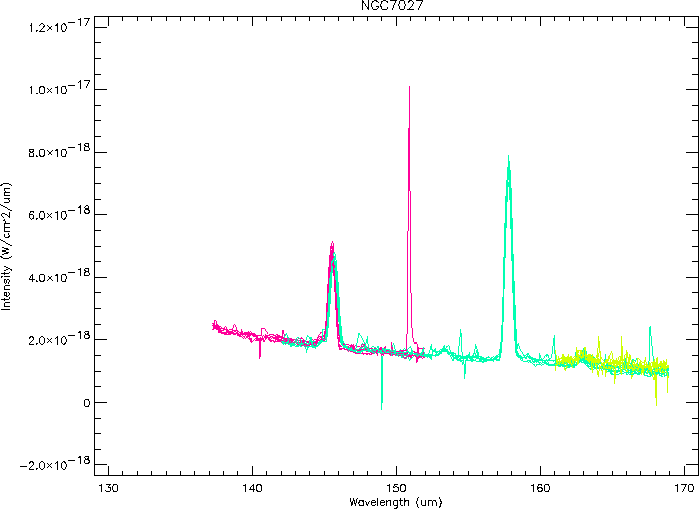
|
The deglitching performed by Derive-SPD is believed to remove the majority of the glitches in the data. However, some glitches may still remain undetected as illustrated in Figure 6.1. In particular, any glitch which occurs during the period of time discarded at the beginning of each ramp is not currently detected.
In addition it has been found that some (large) glitches have a long lasting effect on the detector responsivity. They can cause one scan for one detector to be significantly higher for some period of time. It is recommended to look carefully at the data scan by scan and discard dubious data points. This can be done easily within ISAP (see Section 8.2.2).

|